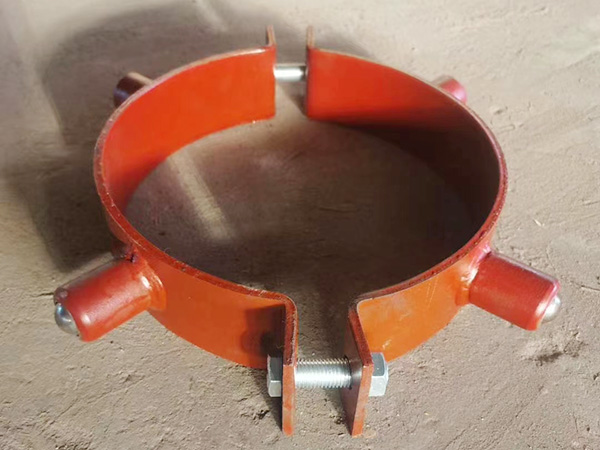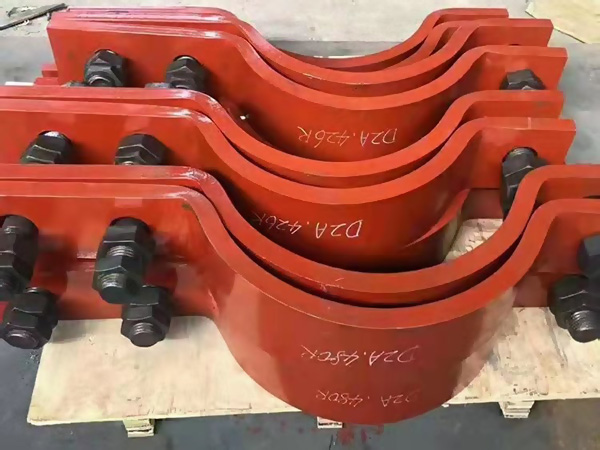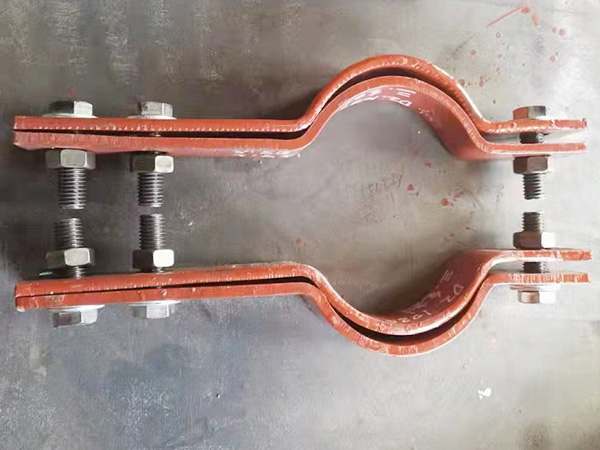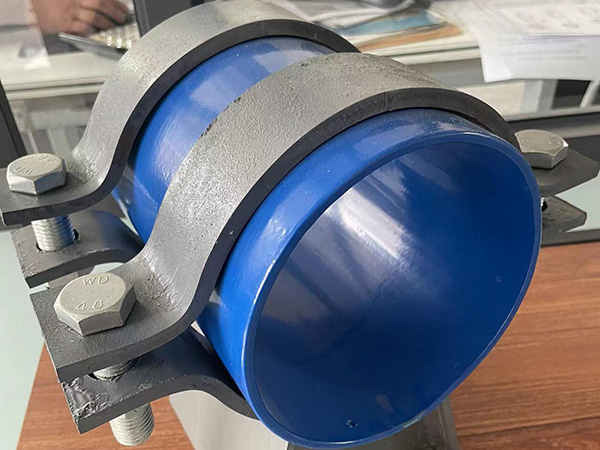Selection criteria for pipeline supports and hangers
Author:Mingde Time:2025-04-08 09:15:52 Click:78
The selection of pipeline supports and hangers requires comprehensive consideration of pipeline characteristics, environmental conditions, load requirements, and installation and maintenance needs. The following are specific criteria:
Pipeline characteristics:
Pipeline type and material: Different pipeline types (such as steel pipes, fiberglass pipes, PE/PP pipes) need to be matched with corresponding material supports and hangers to avoid electrochemical corrosion. For example, stainless steel pipes need to use supports and hangers of the same material.
Pipeline specifications: The nominal diameter and wall thickness of the pipeline determine the load-bearing capacity of the supports and hangers. It is necessary to confirm that the supports and hangers match the pipeline specifications to avoid support failure due to size mismatch.
Environmental conditions:
Temperature range: High temperature environments (such as steam pipelines) require the use of high-temperature resistant (based on actual reports) materials or the addition of insulation layers. Low temperature environments require the use of low-temperature tough materials to prevent material brittleness.
Corrosive medium: In areas where corrosive gases or liquids exist, stainless steel or anti-corrosion (based on actual reports) treated supports and hangers should be selected, and coating integrity should be checked regularly.
Load requirements:
Static load: Calculate the total load based on the self weight of the pipeline, the weight of the medium, and the weight of the insulation layer, select supports and hangers with matching bearing capacity, and reserve a safety margin.
Dynamic load: Considering pipeline vibration, water hammer effect, and seismic load, shock-absorbing supports and hangers (such as spring shock absorbers) or reinforced rigid supports and hangers are selected.
Displacement and thermal compensation:
Thermal expansion displacement: For pipelines with thermal expansion and contraction, sliding or guiding brackets should be installed, and sufficient displacement space should be reserved to prevent pipeline jamming or stress concentration.
Vertical displacement: For pipelines with displacement in the vertical direction, spring supports and hangers (variable or constant force type) should be used to confirm that the support force dynamically adjusts with the change of displacement.
Installation and maintenance:
Installation position: The support and hanger should avoid pipeline bends, valves, and equipment interfaces for easy installation and maintenance, while meeting the requirements for large allowable spans.
Maintenance convenience: Standardized and modular supports and hangers are preferred for easy replacement and adjustment in the later stage; For pipelines that require frequent maintenance, detachable supports and hangers should be used.
Special working condition requirements:
Sensitive equipment protection: Set up independent supports near pumps, compressors, and other equipment to prevent pipeline loads from being transmitted to the equipment nozzle and affecting equipment operation.
Complex stress conditions: For pipelines that require stress calculations, the position and type of supports and hangers should be adjusted based on the calculation results to optimize the stress distribution of the pipeline.
 Hot Products
Hot Products
 Contact Us
Contact Us
Contact:
Mobile:+86 +86 19133378808
Website:mingdepipe.com
Address:










